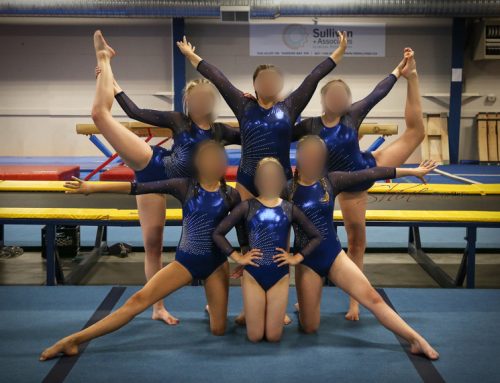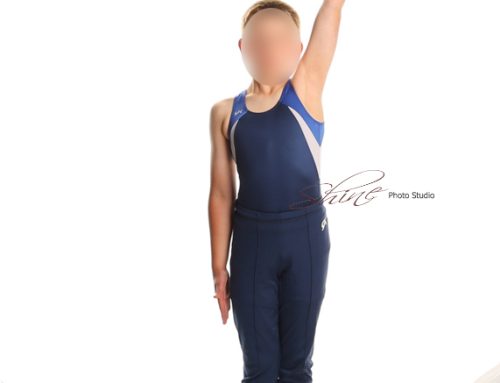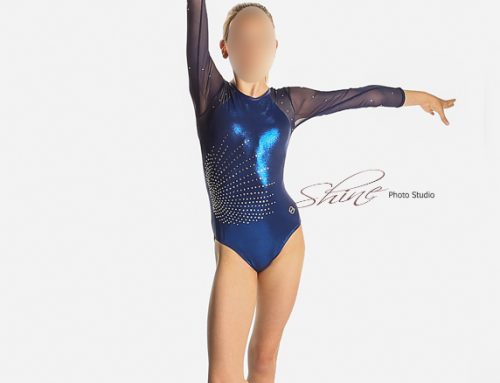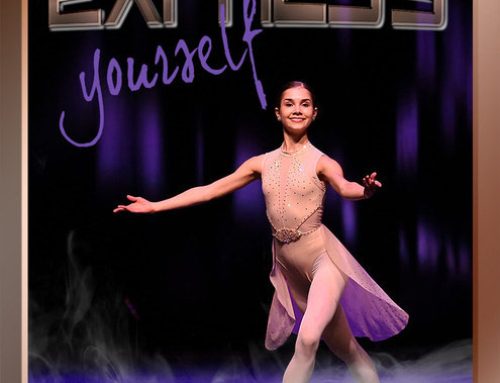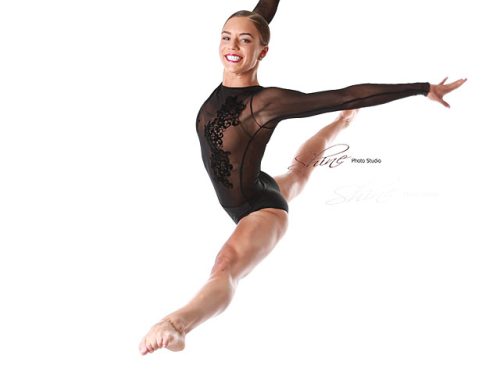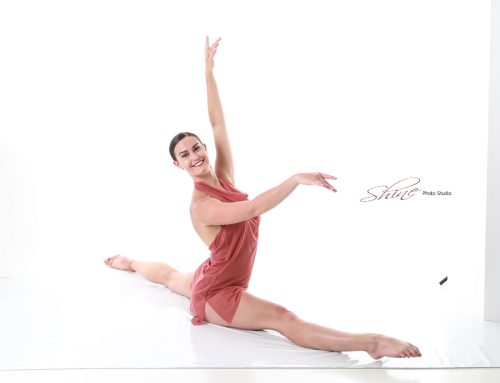LESSON ONE
Ahhh the language of dance! It can make even the most proficient photographer feel like a complete know-it-not. Myself, I like to know a few key phrases, and I just have fun with the rest. A ‘soutenu’ becomes soup-du-jour and a ‘passe’ become pass the nuts.
It never hurts to go easy on yourself. Afterall, the language of dance is primarily French, and is a language unto itself.
So to feel more competent, lets learn a few key terms. I’ll be updating the terminology posts regularly. Let’s start with three of the most common terms you will hear:
- Plie – plee-ay to bend
- Releve – rel-ah-vay to raise
- Tendu – tawn-dew to stretch

TENDU simply means to stretch the foot as shown in the above image. We can stretch forward or backwards, or to the side.
PLIE means to bend. The knees and toes should be ‘turned out’ which means that they are facing outwards. Good turn out starts at the hips and carries all the way down the legs in almost every dance move.


RELEVE means to raise, or to come up on the toes. This is arguably THE most common term that you will hear spoken in a dance studio. The higher the rise, the better the technique.





